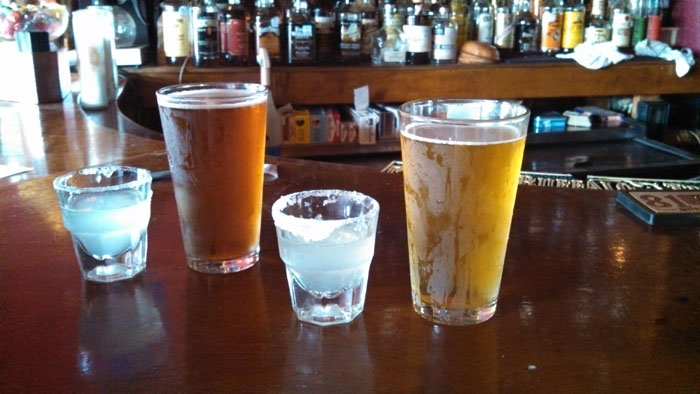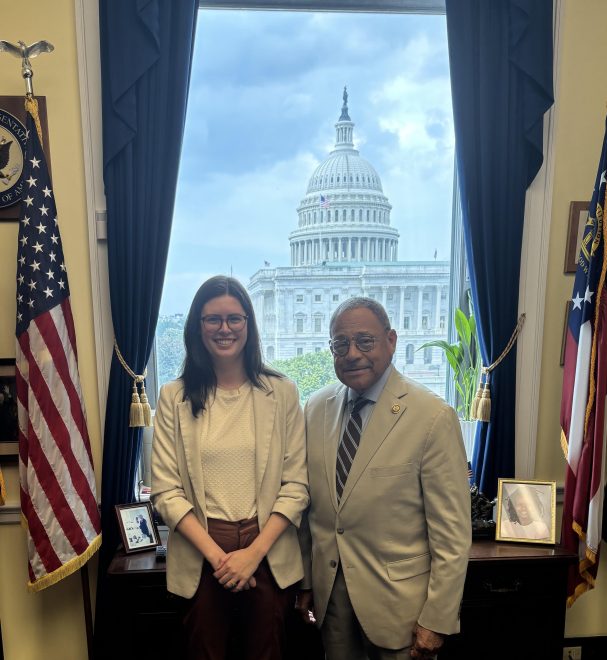Most drunken-driving programs focus on driving. This one worked because it focused on booze.
Published 8:51 am Monday, August 7, 2017

- (Stock photo/ MorgueFile)
Driving under the influence of alcohol is by far the most common drug-related arrest in the United States. Police make more than 1.4 million drunken-driving arrests annually, and they catch only a fraction of offenders.
The criminal justice system often responds to drunk drivers by focusing on their driving, for example, by taking away driver’s licenses, restricting driving to daylight hours, or installing a breathalyzer that locks the ignition if the would-be driver has been drinking. But new research indicates that a highly effective approach to alcohol-involved crime is more direct and simple: Take away the offender’s access to alcohol.
Trending
“24/7 Sobriety” was invented more than a decade ago in South Dakota by an innovative county prosecutor (and future state attorney general) named Larry Long. Long concluded that the best use of the power of the criminal justice system was to attack the role of alcohol in offenders’ lives directly by mandating them to abstain. Many judges across the country order abstinence as part of parole or probation, but Long decided to actually enforce it. Offenders’ drinking was monitored every single day, typically by in-person breath tests in the morning and evening. In contrast to the typically slow and unpredictable ways of the criminal justice system, anyone caught drinking faced a 100 percent chance of arrest and an immediate consequence – typically 12 to 36 hours in jail.
The approach is working, according to an evaluation of the 24/7 Sobriety program by RAND researchers Greg Midgette and Beau Kilmer.
In a sample of more than 20,000 South Dakotans who had been arrested multiple times for driving while intoxicated, the researchers compared the outcomes of those individuals sentenced to 24/7 Sobriety to those who were sentenced to typical community supervision.
The results were impressive, with 24/7 Sobriety participants showing up and passing more than 99 percent of scheduled breathalyzer tests. With alcohol removed from their lives, 24/7 Sobriety participants were less likely to be re-arrested for any offense one year, two years and three years after their initial arrest. The latter two periods are particularly impressive in that individuals were typically on 24/7 Sobriety for less than a year, indicating that the benefits persisted after the program stopped. This is a favorable contrast to alcohol ignition interlocks, which typically reduce drunken driving only for the limited time they are in place on an offender’s vehicle.
Many offenders in the program had served extensive time in jail and prison, so why were they deterred by the prospect of a single night in jail? Midgette emphasizes the typical time horizon of the population, noting that “because heavy drinkers tend to heavily discount the future, deterrence depends much more on the certainty and swiftness of a sanction than its severity.”
In short, the possibility of a long prison term at some distant point – such as a sentence a repeatedly intoxicated driver might face if he eventually kills someone in an accident – does not deter drinking, but a single night in jail does if there’s a 100 percent chance the offender will face it immediately.
Trending
The study’s findings resonate with a statewide effort in Washington (which I covered in 2016) demonstrating that substance-involved offenders on probation and parole are highly responsive to modest punishments for infractions, as long as those consequences are swift and certain. The optimistic implication is that if the criminal justice system prioritizes consistency and speed of response when supervising substance-involved offenders, it could help roll back mass incarceration while simultaneously helping offenders stop their substance use and protecting the public from its ill effects.





